ATREE News
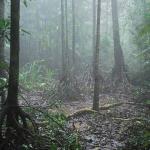
Myristica swamps exist as small, isolated pockets
Myristica swamps — tree-covered wetlands within the evergreen forests of the Western Ghats that once formed a large hydrological network all along the Western Ghats — now exist as small, isolated pockets. Priya Ranganathan, G. Ravikanth and N.A. Aravind, authors of the paper titled, ‘A review of research and conservation of Myristica swamps, a threatened freshwater swamp of the Western Ghats, India', stated that the Myristica swamps are one of the most threatened ecosystems in India due to increased human pressure.

100 fish species found in Vembanad Lake
The Vembanad fish count, an annual survey conducted under the aegis of ATREE, to evaluate fish varieties in Vembanad Lake, has recorded 100 species, an increase in comparison to the previous year. The fish count, 14th in a series of surveys, found 92 fin fish, eight shellfish species.
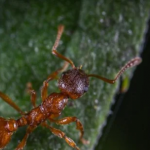
Two new ant species found in Arunachal Pradesh
Two new ant species found in Arunachal Pradesh. The experts found the species during their study at the sanctuary in the Himalayan foothills 1,400 m above sea level.
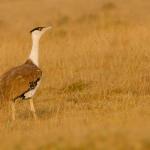
India’s Renewable Energy Plants ‘Not Bird-Friendly’
Large-bodied birds such as the great Indian bustard, a resident of the Thar Desert, are particularly vulnerable to power line collisions due to narrow frontal vision and heavy flight, says the study which estimates about 88,000 birds die each year in the area surveyed.
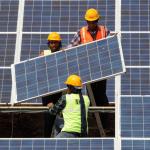
Rooftop solar is a better bet for India than large-scale renewable energy projects
Ground-mounted solar panels, for instance, mean that any existing vegetation can be lost, endangering local wildlife both big and small. And some habitats are more at risk than others. One stark example is that of the great Indian bustard, whose habitat in Rajasthan is facing threat due to renewable energy projects.
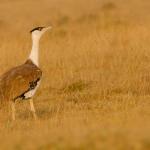
India’s renewable energy plants ‘not bird-friendly’
Large-bodied birds such as the great Indian bustard, a resident of the Thar Desert, are particularly vulnerable to power line collisions due to narrow frontal vision and heavy flight, says the study which estimates about 88,000 birds die each year in the area surveyed.

Expanding oil palm plantation recipe for ecological disaster: Experts
It is widely reported that oil palms can be more deleterious to both habitat and species loss since it causes permanent loss of land that can otherwise be under forest or fallow cover. Plantations are not to be considered as forests from the point of view of biodiversity conservation
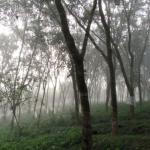
Why Afforestation Isn’t Likely to Make Up for Our Loss of Carbon-Rich Forests
Afforestation, by definition, is the establishment of a forest in an area that previously had no tree cover. Around the world, it is a sought-after method to fight climate-change concerns. Trees absorb carbon, and if a forest can absorb more carbon than it releases, it becomes a carbon sink.
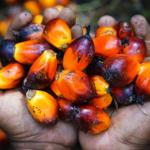
Why Modi govt push for atmanirbharta in palm oil production could come at a cost to environment
Man-made oil palm plantations shouldn’t be included in the definition of a forest, especially if they are going to replace forest cover, because they cannot support the same level of biodiversity.
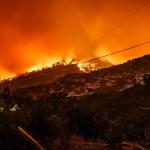
How Climate Change Is Derailing the World’s Lofty Carbon Offset Hopes
While the IPCC report concedes that risks from wildfires are yet to be fully incorporated into climate models, a partial representation of wildfires project increases of 8-58% in carbon emissions due to fire